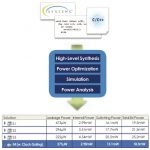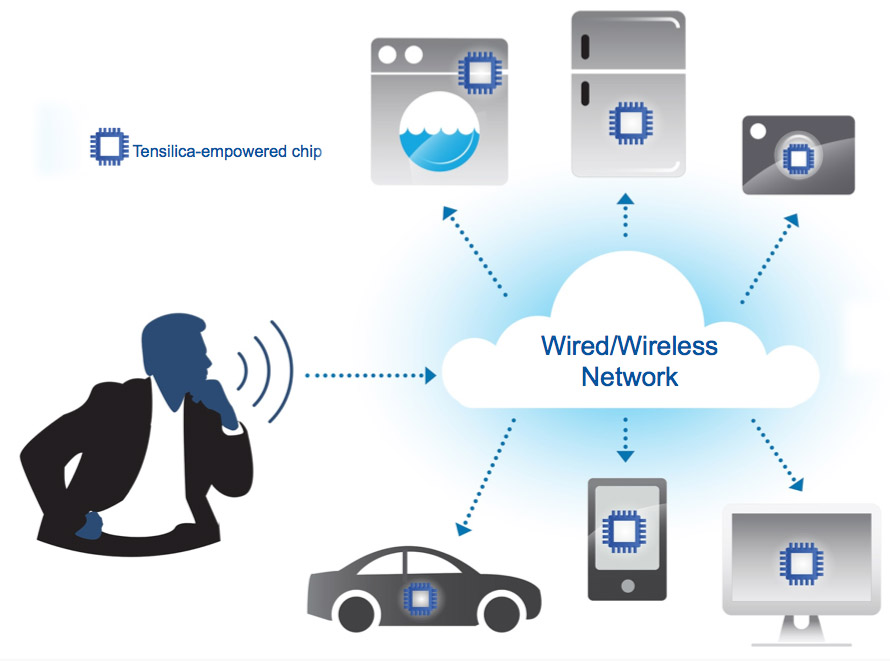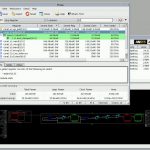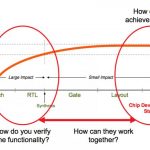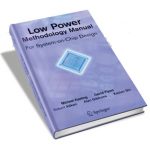You are currently viewing SemiWiki as a guest which gives you limited access to the site. To view blog comments and experience other SemiWiki features you must be a registered member. Registration is fast, simple, and absolutely free so please,
join our community today!
It is so widely accepted that it is already a cliche to say that “power is the new timing.” With more and more chips, the major challenge is not so much to meet timing but to meet timing without blowing out the power budget. Otherwise, you could just crank up the clock rate.
I’m going to be lazy so you can insert your … Read More
Next week it is the Consumer Electronics Show (CES) in Las Vegas and so there are announcements around the areas where consumer overlaps with semiconductor, which these days is primarily mobile. Then in February in Barcelona is Mobile World Congress, which is even more focused on mobile. Expect more announcementst there.
Currently… Read More
This is the second part of my discussion with Paul Traynar, Apache’s PowerArtist guru. The first part discussed sequential reduction capabilities. Part I was here.
There are two big challenges with doing power analysis at the RTL level. Firstly, how do you get an accurate enough model of what the design will dissipate given… Read More
I sat down last week with Paul Traynar who was over from UK. He is Apache’s PowerArtist guru. The first thing we talked about was PowerArtist’s sequential power reduction capabilities.
Forward propagation of enables means that when a register is clock gated and feeds a downstream register then that register can be… Read More
Calypto has an interesting webinar coming up about Minimizing RTL Power Through Sequential Analysis. It is next Tuesday December 4th at 11am.
Insert standard paragraph about how power is the new timing, everyone worries about power, battery life in smartphones, half-empty datacenters.
You probably already know about clock… Read More
Optimizing logical, physical, electrical, and manufacturing effects, Cadence digital implementation technology eliminates iteration without sacrificing design quality by addressing timing sensitivity, yield variation, and leakage power from the start. … Read More
For those of you who didn’t get to DAC you can catch up on low power issues with Apache’s series of low-power webinars taking place late in July. All webinars are at 11am Pacific Time. Full details and registration on the Apache website here.… Read More
Apache is one of the brightest stars in the EDA universe. Paul McLellan has done a nice job covering them before and after the Ansys acquisition. Check out the Apache SemiWiki landing page HERE. The Apache wikis are also very well done and it has been a pleasure working with the Apache marketing team. Expect more innovative things … Read More
Due to a lot of somewhat aggressive marketing by carriers, you might think that 4G wireless is already here. After all, wasn’t 3G ages ago? But in fact true 4G handsets won’t really be available until 2015/6. But to make that schedule, first silicon needs to be available late this year or early next, to allow one or two … Read More
Low power techniquesby Paul McLellan on 12-08-2011 at 5:49 pmCategories: General
There was recently a forum discussion about the best low power techniques. Not surprisingly we didn’t come up with a new technique nobody had ever thought of but it was an interesting discussion.
First there are the techniques that by now have become standard. If anyone wants more details on these then two good resources are… Read More


